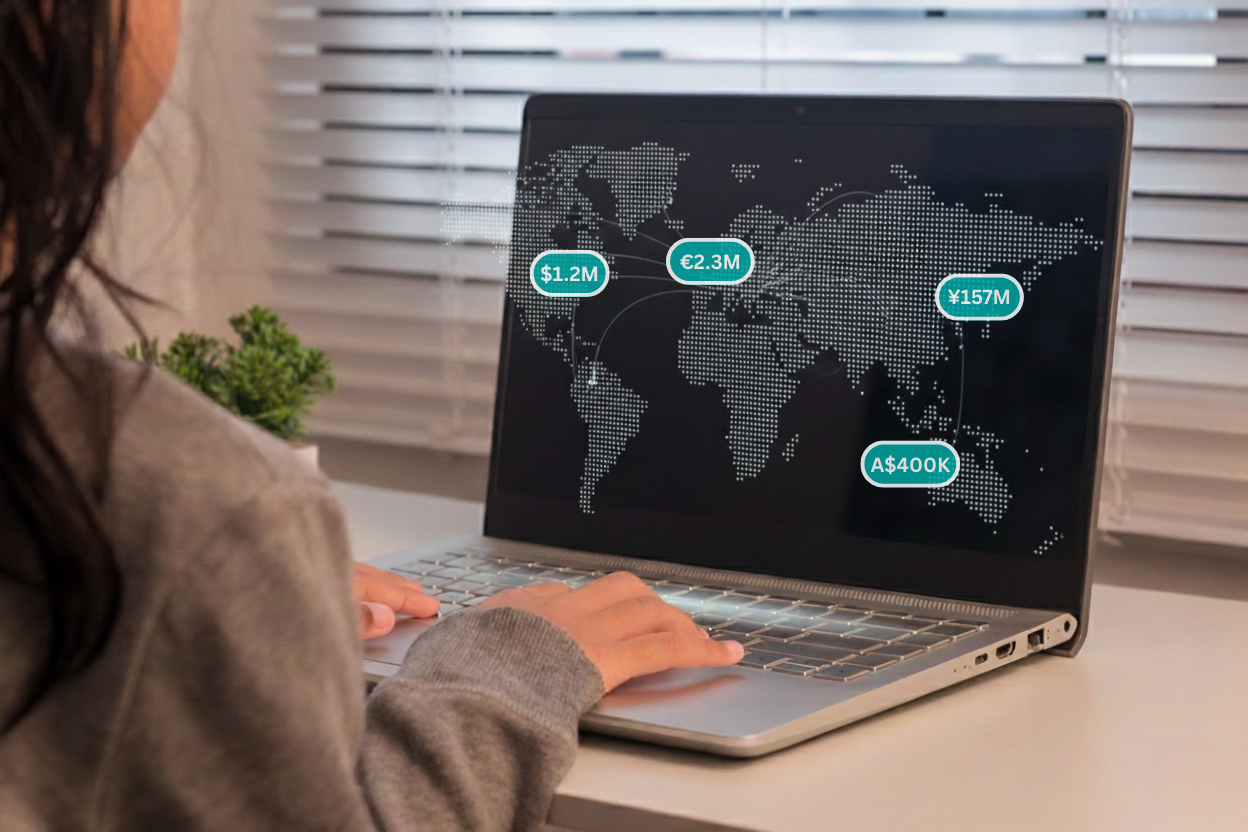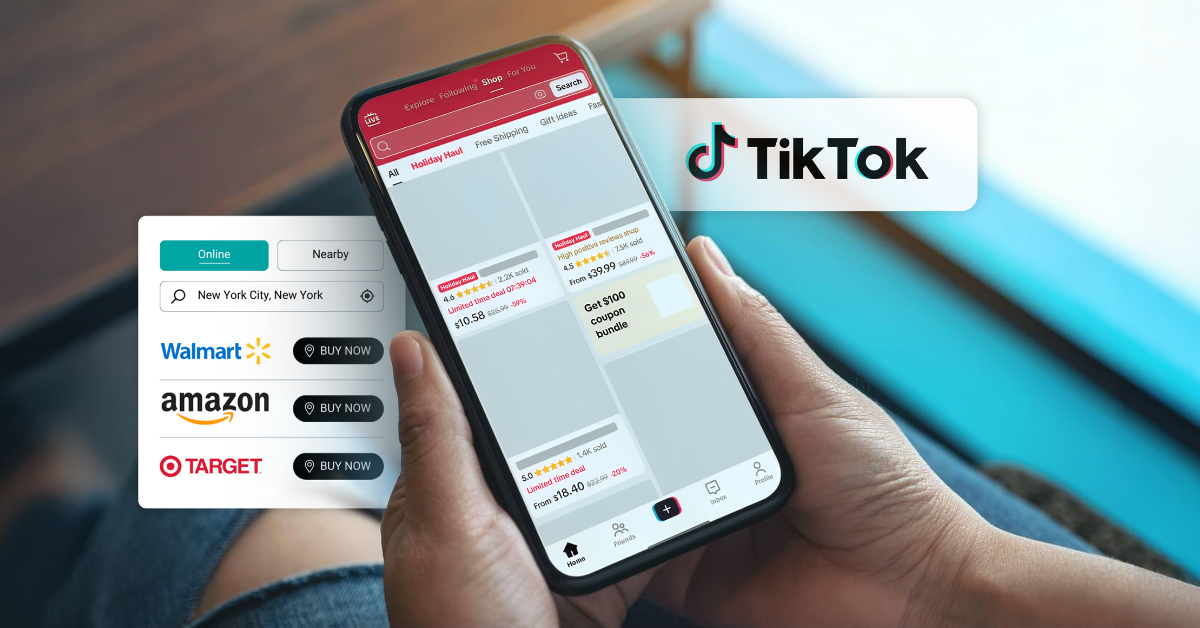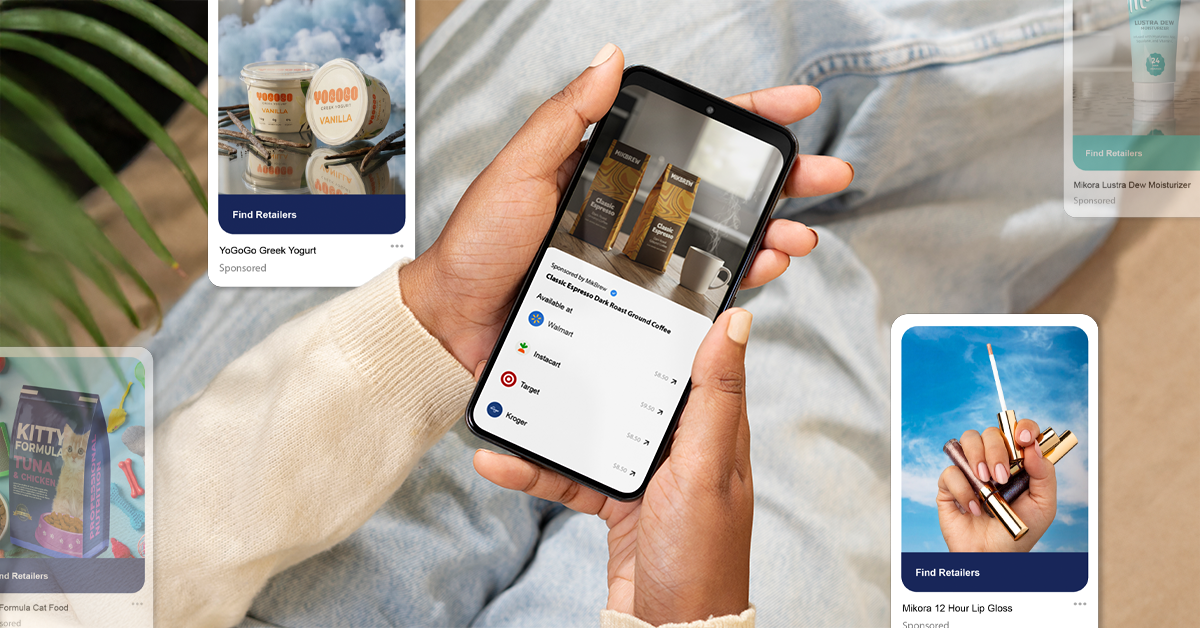If you're leading digital commerce, omnichannel marketing, or retail media for a global CPG brand, you're navigating a perfect storm of complexity. Your consumers expect seamless shopping...
 global brands
global brands
It’s 8:00 AM, and you’re sipping your coffee, looking at the dashboard for your brand’s latest global launch. The creative was brilliant. The media plan was meticulous. The early buzz was palpable.
...
 TikTok
TikTok
TikTok has become one of the most important commerce discovery channels for CPG brands. Shoppers are no longer just watching content for inspiration. They are actively looking for products and...
 shoppable media
shoppable media
As a brand leader, you’ve felt the friction. Your campaign creative is locked and loaded. You envision a custom, on-brand ‘where to buy’ journey for your new hero product, but you’re stuck with a...
 product discovery
product discovery
Pinterest isn’t just where ideas start, it’s where shoppers make decisions. Consumers now use Pinterest as a visual search engine, arriving with plans, projects, and purchase intent already in...


